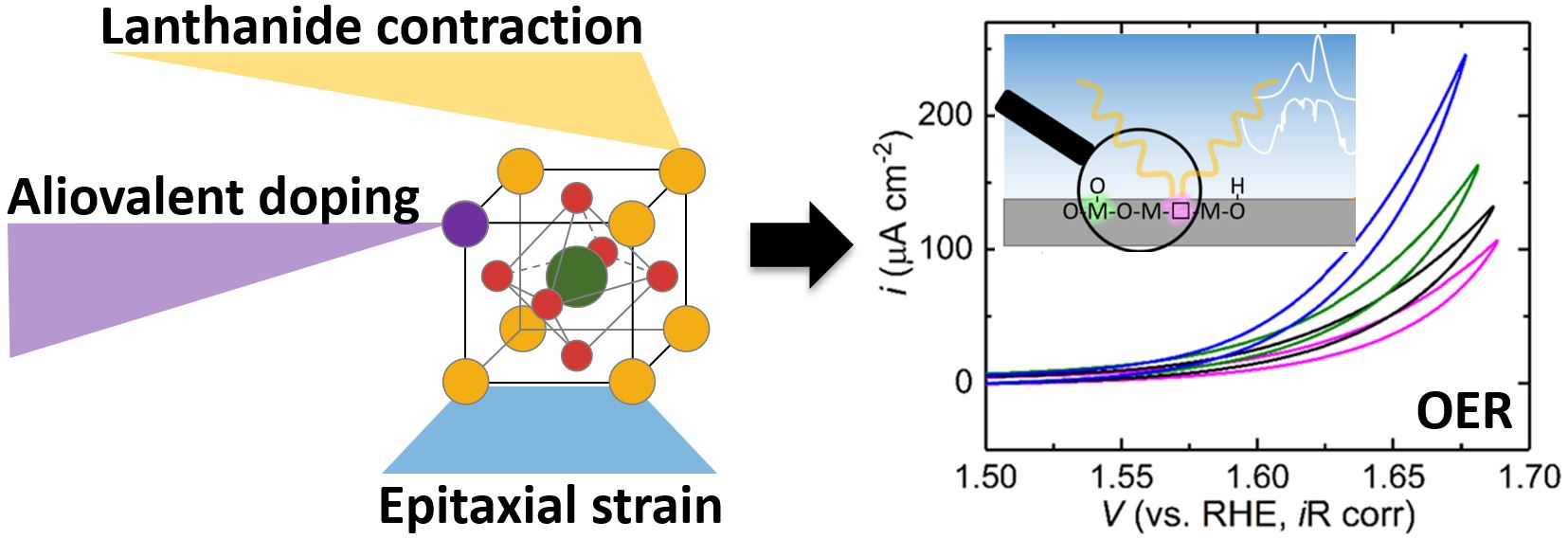Presented by Kelsey A. Stoerzinger on July 26
Kelsey A. Stoerzinger
Assistant Professor of Chemical Engineering
Oregon State University
Pacific Northwest National Laboratory
Date: July 26, 2021
Time: 1000h PT
Price: There is no cost to register for this event.
The webinar is open to the public; ECS membership is not required.
You must pre-register through ECS My Account.
Don’t have one? It’s easy to create–visit Create an Account now.
Learn about: ECS sections offer many opportunities for members to engage and expand their professional networks. Not a section member? Email customerservice@electrochem.org and ask to join your region’s ECS section.
Benefits of attending the webinar
Kelsey A. Stoerzinger
 Dr. Kelsey A. Stoerzinger is an Assistant Professor in the School of Chemical, Biological and Environmental Engineering at Oregon State University, U.S. She holds a joint appointment at Pacific Northwest National Laboratory, where she was a Linus Pauling Distinguished Postdoctoral Fellow. Kelsey completed her doctoral studies in Materials Science and Engineering from the Massachusetts Institute of Technology, U.S., supported by a National Science Foundation Graduate Research Fellowship. She completed an MPhil in Physics at the University of Cambridge, England, as a Churchill Scholar and a BS at Northwestern University, U.S. Prof. Stoerzinger received the NSF CAREER Award and the Doctoral New Investigator Award of the ACS-PRF, in addition to recognition for her contributions as a teacher and advisor.
Dr. Kelsey A. Stoerzinger is an Assistant Professor in the School of Chemical, Biological and Environmental Engineering at Oregon State University, U.S. She holds a joint appointment at Pacific Northwest National Laboratory, where she was a Linus Pauling Distinguished Postdoctoral Fellow. Kelsey completed her doctoral studies in Materials Science and Engineering from the Massachusetts Institute of Technology, U.S., supported by a National Science Foundation Graduate Research Fellowship. She completed an MPhil in Physics at the University of Cambridge, England, as a Churchill Scholar and a BS at Northwestern University, U.S. Prof. Stoerzinger received the NSF CAREER Award and the Doctoral New Investigator Award of the ACS-PRF, in addition to recognition for her contributions as a teacher and advisor.ECS sections


